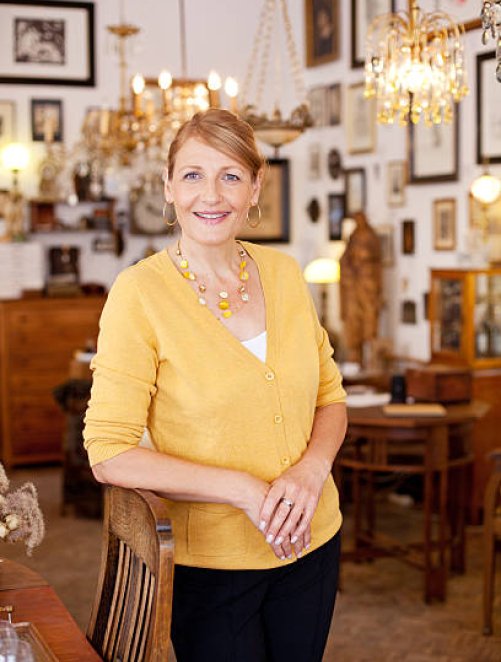



Olmec Jade Figurine
I acquired the figurine seen in this message’s attachment in 1976. At that time, I was studying in Mexico and on break from classes. I traveled to Oaxaca where I visited the Zapotecan ruins at Monte Alban. While there I was recruited to assist in translating by a Brooklyn, NY native -also visiting the archaeological site. After business had been concluded I was invited by the driver to his Arizola home. When not ferrying people to the ruins the cabbie grew corn in the shadows of Monte Alban. It was during my visit at the cab driver's home that I acquired the “Jade Man.” The figurine’s form shares consistencies with cranial manipulations that the archeological record suggest was a practice of The Olmec. In the capital city of the state of Vera Cruz, Jalapa, where I resided for six months during this period, twin form similar monoliths framed the entrance to the city’s museum. It is believed the center of the Olmec civilization existed in the region in and around Jalapa, Vera Cruz. The figurine’s discovery in the state of Oaxaca suggests that the Olmec traveled long distances in the pursuit of trade and probably more. A local archeologist in my community, (PhD and college professor), with broad knowledge of Central American jade figurines, postulated that the figurine was 1600+ years old and of the finest jade known, Imperial. A sharp knife or scissors does not scratch the figurine.
3 inches tall
Other
Yes


Hello, this item is a small jade figurine described as an Olmec jade figure, measuring approximately 3 inches tall, with characteristic features such as cranial deformation typical of Olmec anthropomorphic forms. Its stylistic attributes include a simplified frontal pose, flattened facial features, and clenched hands resting on the abdomen, which align with authenticated Olmec jade objects from Veracruz and surrounding regions. However, based on the images provided, the surface polish, carving precision, and overall finish suggest a possible modern reproduction rather than an original Pre-Columbian artifact. True Olmec jade figures often exhibit more nuanced workmanship, distinct perforations for suspension, and patination from burial, which are not clearly visible here.
Considering the provenance narrative, while detailed and evocative, it lacks independent documentation or archaeological context to support authentic Olmec origin definitively.
Thank you, Martin, for taking the time to provide such a detailed background and for sharing the story behind the acquisition of your piece. While I understand your skepticism regarding reproductions from that region and time, visual analysis based on photographs alone can be limiting, especially with objects as complex as potential Olmec jade figures. The asymmetries and unique features you point out are intriguing, but without hands-on material analysis (including testing for tool marks, patina, and geological sourcing of the jade), it would be speculative to assign an authentication or value. For formal and verifiable authentication, I would recommend reaching out to either INAH (Instituto Nacional de Antropología e Historia) in Mexico or a university with a strong Mesoamerican archaeology department such as UCLA, Harvard’s Peabody Museum, or University of Arizona.








Mearto Appraisal,
Thank you for you appraisal.
While your conclusion based on the photographs I provided is my artifact resembling and Olmec is a reproduction, not provided is a value in the event the item is authentic.
The location from which the item was acquired was hardly a site from where archaeological reproduction pedaling was occurring.
The jade man was one of a number of items shared and all wrapped in tattered and dirty repurposed plastic bags.
The house- where the swap for the artifact took place- was a stick hut in Arizola, Mexico.
A place of 1023 residents according 2023 census data.
July's rainy weather revealed items in the cornfield worked by the cab driver.
When acquired, in the late 1970's, there were likely far fewer human beings than chickens living in Arizola, Mexico and someone running a cottage industry for fake antiquities; highly doubtful.
I was a college kid and helping a gringo from Brooklyn, New York.
If there was a fleecing to take place who was the gringo likely to have more cash?
The figurine while having symmetry is by no means anthropometrically uniform.
Fingers and toes do not positional match from one side to the other.
The left shoulder is well above the right.
The left nostril smaller than the right and the nose septum deviated right.
The left eye is below the right and considerably narrower.
The hole representing the left eye socket is laterally situated and in the right eye hole is medially positioned.
The left ear is well above the right and in fact the left side of the head has a cranial concavity not matched on the right.
A university archaeologist that I showed the figurine to in 1992 wanted to know how I got the artifact out of Mexico.
They informed me that to a collector the item could fetch up to $50,000.
In 2006, a museum in the Southwest offered me $10,000 for the figurine.
Who do you recommend I reach out to for a verifiable authentication?